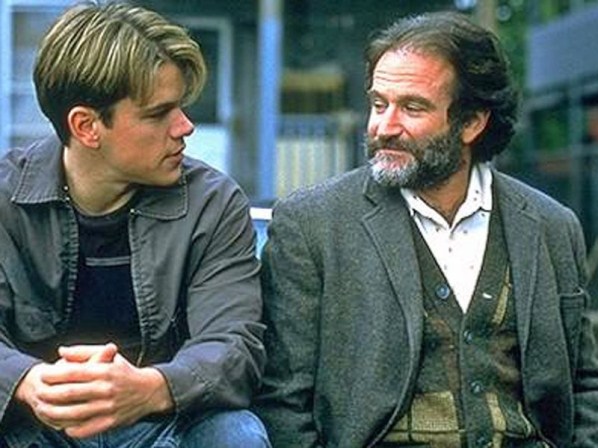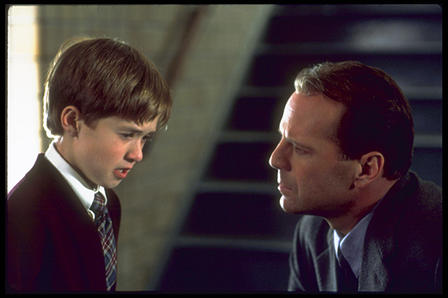Story Maps: Peter Guber on the psychology and the emotion embedded in story
 In an article titled “The Inside Story,” published in Psychology Today back in March, super producer Peter Guber talks about the psychological, emotional and transformative powers of storytelling and how they apply to the movies — WHY we love movies and what gets us engaged.
In an article titled “The Inside Story,” published in Psychology Today back in March, super producer Peter Guber talks about the psychological, emotional and transformative powers of storytelling and how they apply to the movies — WHY we love movies and what gets us engaged.
Stories… are state-of-the-heart technology – they connect us to others. They provide emotional transportation, moving people to take action on your cause because they can very quickly come to psychologically identify with the characters in a narrative or share an experience…
I couldn’t help but find many points in the article where Guber affirms the very same tenets that I put forth in Story Maps: How to Write a GREAT Screenplay. The quotation above, specifically the wonderful phrase “state of the heart,” immediately made me think of a line from my Introduction (excerpt here):
This 100-110 page cinematic emotion machine has a very clear and clean set of guidelines, qualities and standards, some of which can be broken, but only if you’ve mastered them first.
Most of what he lays out can be summed up with one of my favorite phrases: Suck in the Reader.
Then the article gets all psychiatric on us, offering some pretty cool insights into how we process our stories:
The psychic lever that opens the brain to the power of stories is the ability to form mental representations of our experience. It is wired into the brain’s prefrontal cortex. Mental representations allow us to simulate events, to enjoy the experiences of others, and to learn from them, without having to endure all experiences ourselves.
In the process of writing Story Maps, you will break down your narrative into its key components, which will build the foundations of the narrative to create things like story engines, lines of action and arcs of change for your characters. This will ultimately create a “restorative structure,” wherein a dramatic situation and “world” are established, thrown into chaos and after a long struggle by a hero who substitutes for the audience, a new resolution is achieved.
“There’s a huge cognitive comfort just in knowing you’re on a story arc,” says Rutledge. “We can tolerate the anxiety of the challenge because we know there will be resolution.”
Which is not to say there must be a happy ending or even an obvious resolution. Your climax might be dark and offer no real end to the central conflict, but in that case it must still contain a resolution to key elements of the Story Map, such as an achievement of Internal and External goals and/or an answer to the Central Dramatic Question. In other words, it can’t just fall off of a cliff (even in the case of Thelma and Louise, where they literally fall off a cliff).
Guber ends on this note, which reflects something I always tell my writers: Know your audience!
But before you launch into your script, take some time to learn about your audience. What you discover will determine how you tell your story. You want to make sure your audience is with you. You can’t get anywhere without them.
I suggest you check out the article and you can read more about my E-book HERE.
Good Luck and Happy Writing!
-Dan
And now…Kitty & Louise!




Leave a Reply
Want to join the discussion?Feel free to contribute!